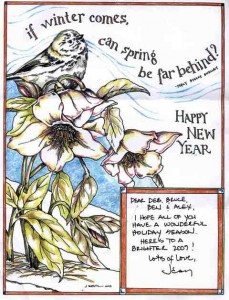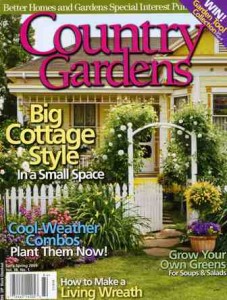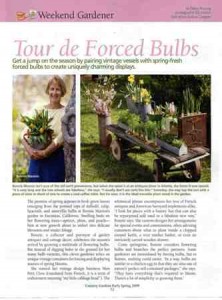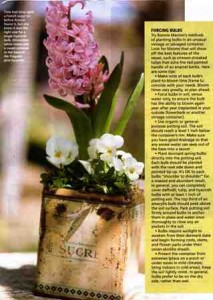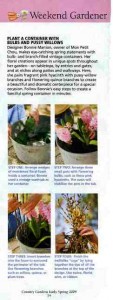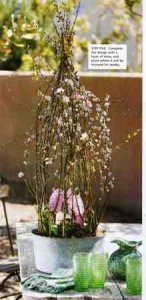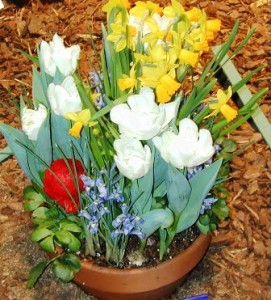Earlier this week I was hosted by my dear friend and fellow Garden Writer board member Nan Sterman when I flew to San Diego to give a talk to the San Diego Horticultural Society. I love the title that Mary James of SDHS gave my talk: “Bring me Slow Flowers” – a fun play of words on the title of my next book. Using images I’ve shot over the past several years, my lecture incorporated concepts from The 50 Mile Bouquet and Slow Flowers.
Here are the highlights of my (almost) 72 hours in San Diego:
First, I visited Hasan and Ayse Kayali, some of our oldest friends from college days. My husband Bruce and Hasan were jumpers (long/triple) for Harvard’s Track Team back in the day and we never, ever get to spend enough time together. However, all of us were together in Tuscany in 2009, for a week at Villa Maddalena in the town of Montisi. That was pretty special. After a late, but delicious, lunch, we took a walk on the beach at La Jolla Shores.
After I said good-bye to the Kayalis, I headed to Encinitas, just a few miles north. Nan Sterman and Curt Wittenberg welcomed me with a flavorful Moroccan chicken dinner prepared by Curt, and we stayed up way too late just talking. Nan and I figured out that after this month (December), we will see one another in January (GWA Winter Board Meeting – Austin, TX); February (Northwest Flower & Garden Show – Seattle, WA); March (SF Flower & Garden Show – San Mateo, CA); April (when I’m back in San Diego to speak) . . . and of course, in August, when our GWA annual symposium heads to Quebec City. Nice to anticipate!
On Monday morning, I headed over to Carlsbad, Calif., to visit the very famous René van Rems, a world-class floral designer and friend of Nan’s.
I’ve known of René because of his books (including René’s Bouquets: A guide to Euro-Style Hand-Tied Bouquets) and others. He is an internationally recognized designer, consultant and instructor, born in Holland, but based in San Diego for the past 30 years.
Last year, René established a new studio in Carlsbad, north of San Diego. I was so impressed with the interior space – as you can see here. It’s suitable for large-scale production for big events, for René’s many floral design workshops, and for private events. René considers himself to be in the “business of creativity,” and he loves to teach everyone – from the DIY flower-lover to the professional who participates in his advanced Master Classes.
René signed and gifted me two of his recent books — the hardback version of René’s Bouquets and his way-cool new book: Rene’s Bouquets for Brides. I felt a little inadequate giving him a signed copy of The 50 Mile Bouquet, but he was quite gracious about it. And, he was very kind to come and attend my lecture that evening. Please check out René’s beautiful work at his website, here.
Nan picked me up around lunchtime and we headed out to Fallbrook, Calif., about 45 minutes east of Carlsbad. We were on a floral mission: To visit Rainbow Protea, an exotic cut flower farm that grows South African and Australian flowers in the Proteaceae family.
A special thanks to Dawn Bonner, whose family owns Rainbow Protea, and to sales & marketing whiz, Kim Jernegan, who hosted us. Kim loaded Nan and me into a pickup truck and we traversed the bloom-filled hills of the 198-acre farm on a brilliant December afternoon.
Rainbow Protea began operations in 1985. While some may liken the hilly terrain approximately 20 miles inland from the Pacific Ocean and 60 miles north of San Diego as “similar” to South Africa, Kim begs to differ.
She points out that to grow thousands of flowering sub-tropical shrubs — Protea, Leucadendron, Leucospermum, Banksia, Leptospermum, Chamelaucium (Wax flowers), Anigozanthos (Kangaroo Paws) and other Mediterranean specimens — the farm’s crew has to use an auger-style drill and major amendments.
Those include primarily organic addititives such as fish fertilizers, worm compost, compost tea and kelp products.
Enjoy my photographs of the plants that earned my affection.
Kim sent me home with a bountiful box of blooms, which I have been enjoying all week.
The wonderful thing about these exotic members of the Proteaceae family is that they are VERY long-lasting in the vase.
You need to re-cut the stems and refresh the H20 every two to three days; but then you can plan on having an exotic, modern-looking arrangement for weeks and weeks.
Finally, I was welcomed by the members of the San Diego Horticultural Society. I felt like the room was filled with kindred spirits – gardeners who want to learn more about the plants they grow; people who are eager to try new things, including floral design. A great visit – and one that I will always cherish. Nan, Curt, Karen Bussolini (a writer/photographer friend who was in town, visiting from Connecticut), Bonnie Manion and I closed down the night with a late dinner at Il Forniao. Very satisfying!
Before I left the following morning, I squeezed in a visit to fellow garden blogger Bonnie Manion of vintagegardengal.com. I first met Bonnie in 2009 when Country Gardens magazine asked me to write about her vintage container designs for spring bulbs. The story was called “Tour de Forced Bulbs.”
Later, after we moved from Seattle to Southern California, Bonnie and I finally met in person – and we had several fun adventures, including our day-trip to the Long Beach Flea Market with Lorene Edwards Forkner and Kathy LaFleur. Bonnie is an amazing designer, writer and winemaker (with her husband John Manion). While our time was short, I was tickled to spend a little time with her, touring their newly renovated home, barn, barrel room and more…and talking about the book-biz, blogging and gardening.
Look for exciting things coming from Bonnie in the near future, including a new book on keeping chickens!
Okay, enough for now. Please enjoy these photos and check out all the people I’ve highlighted in this blog post.









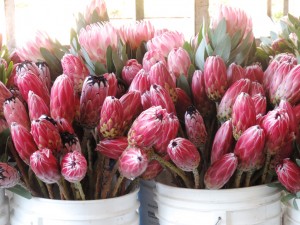

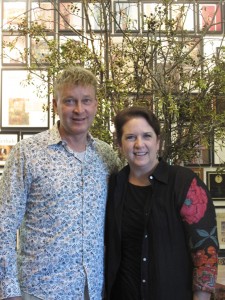
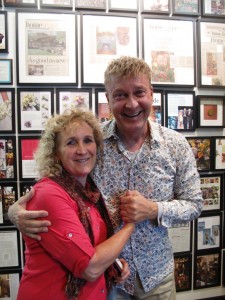
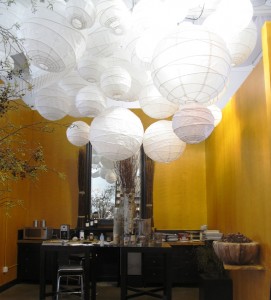
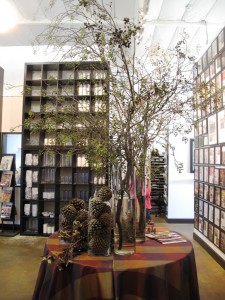
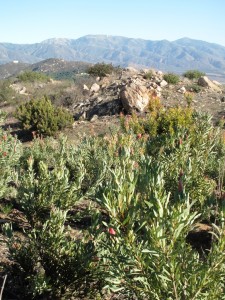
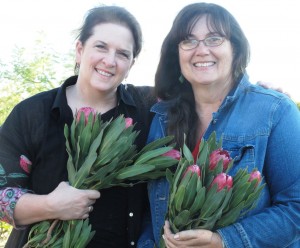
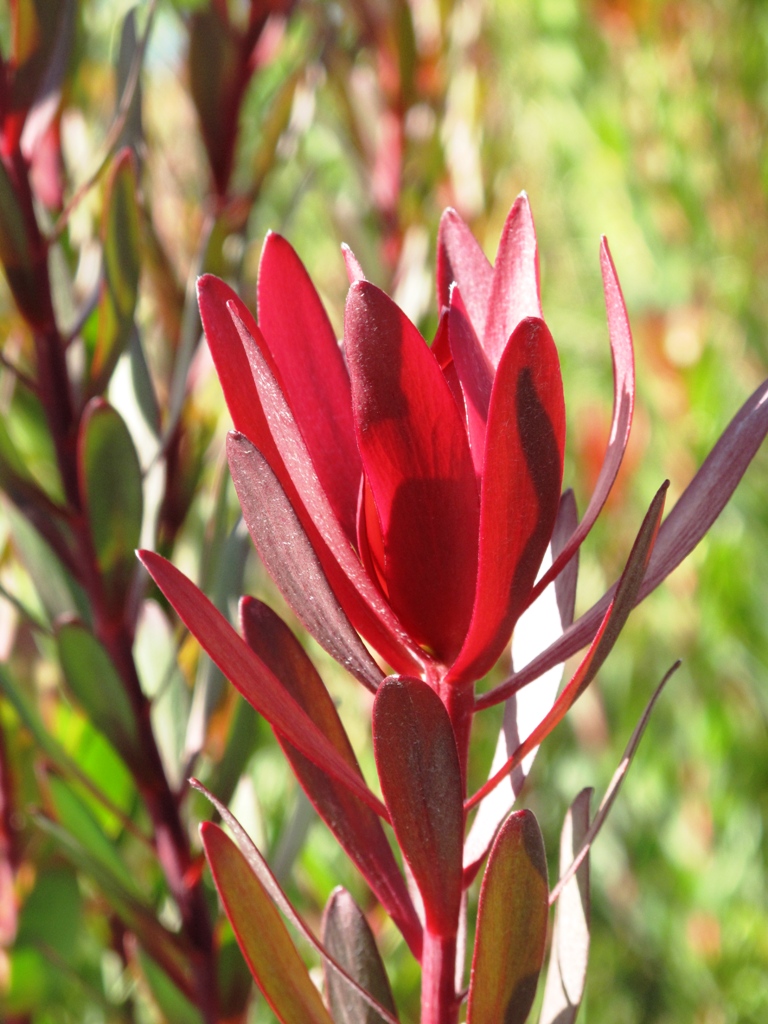
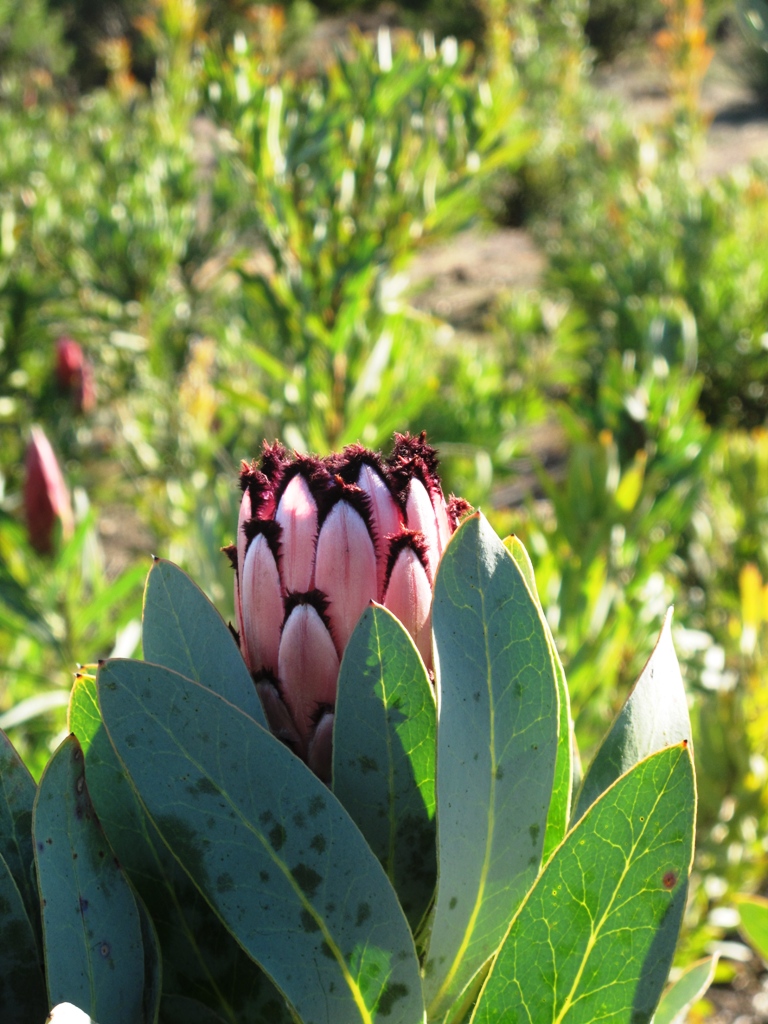
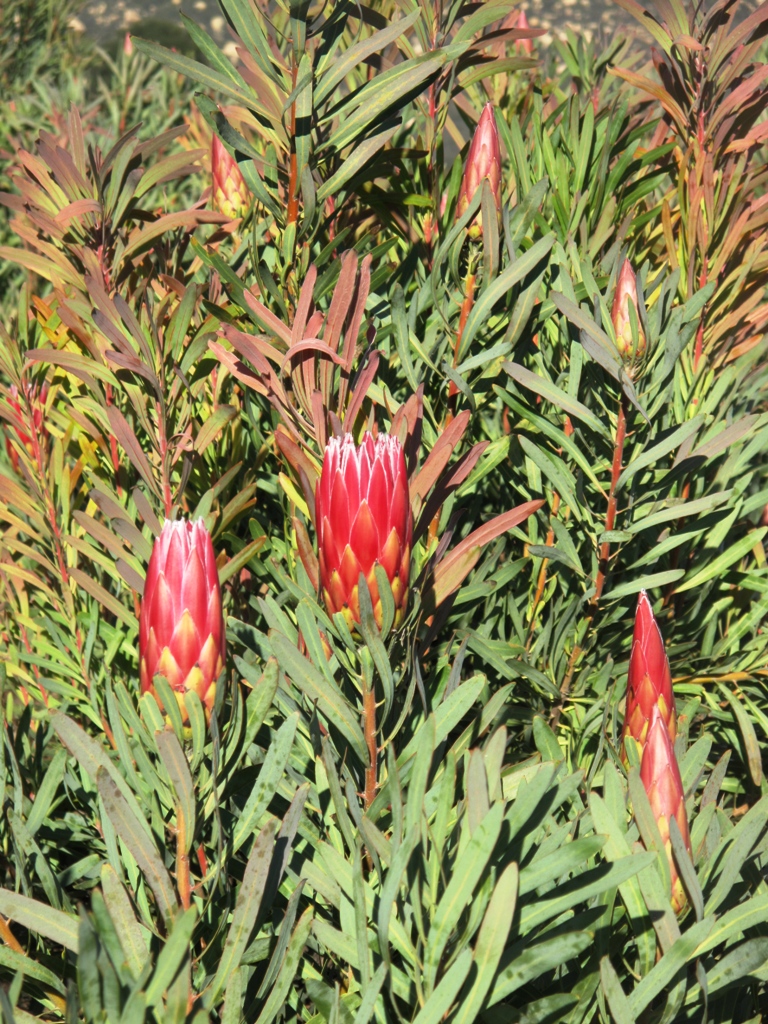
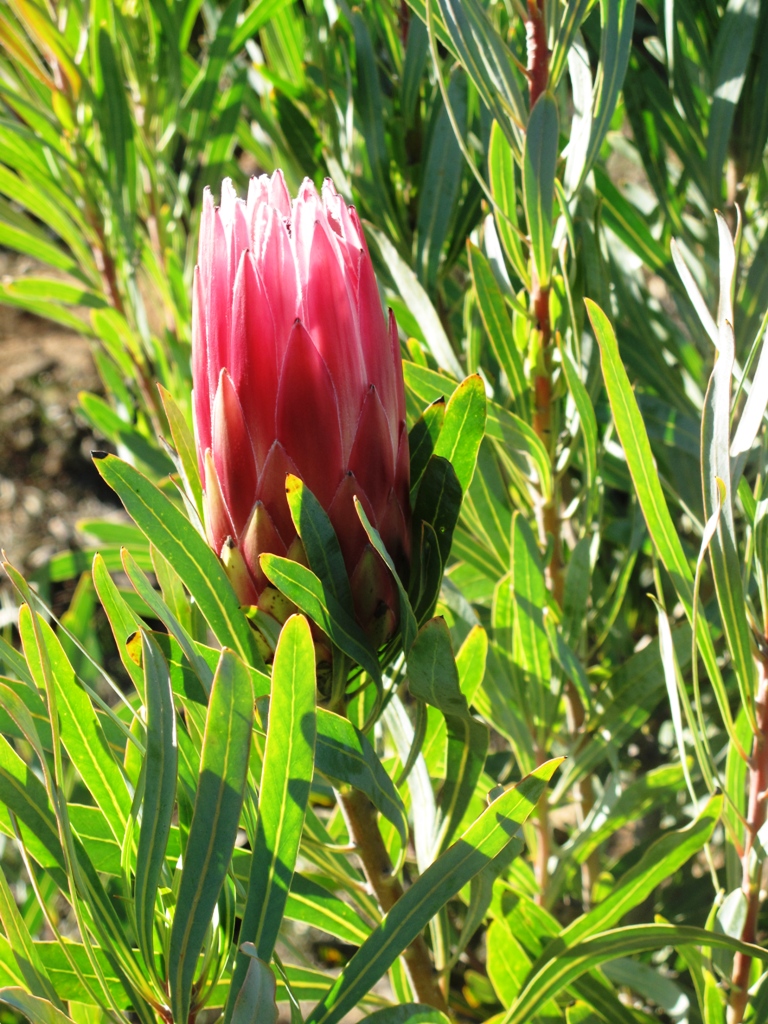
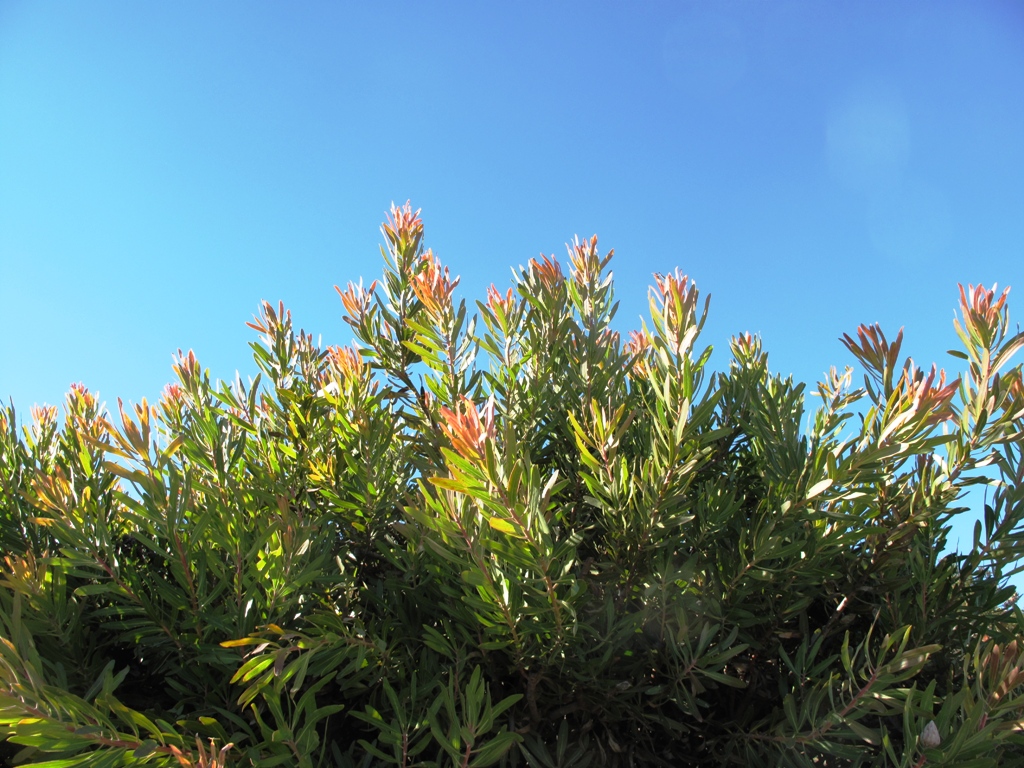
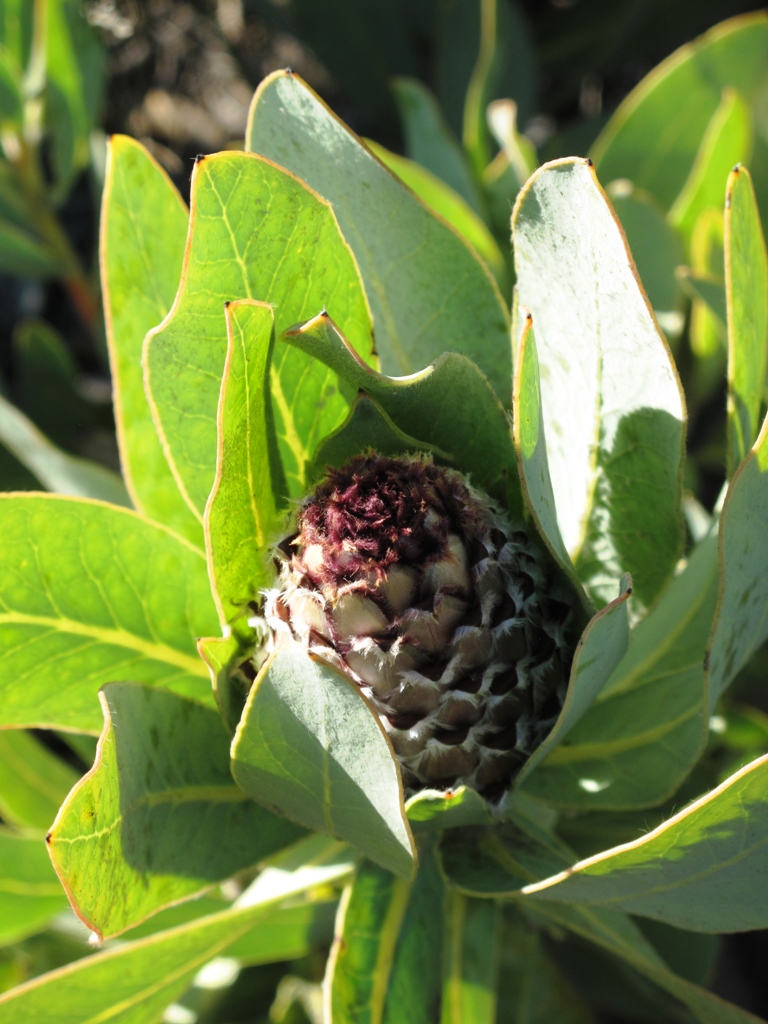

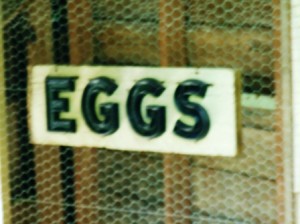
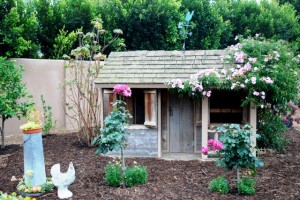
![20060717_shd_fries_032 Kathy, Jasper (left) and Xander feeding their chickens [William Wright photo]](https://www.slowflowerspodcast.com/wp-content/uploads/2009/08/20060717_shd_fries_032.jpg) Kathy’s chicken edifice is called the Palais de Poulet. She worked with Seattle artist-builder John Akers to create the magnificent chicken abode, complete with a jaunty turret and a brick entry path lined with boxwood clipped into a fleur de lis pattern.
Kathy’s chicken edifice is called the Palais de Poulet. She worked with Seattle artist-builder John Akers to create the magnificent chicken abode, complete with a jaunty turret and a brick entry path lined with boxwood clipped into a fleur de lis pattern. 